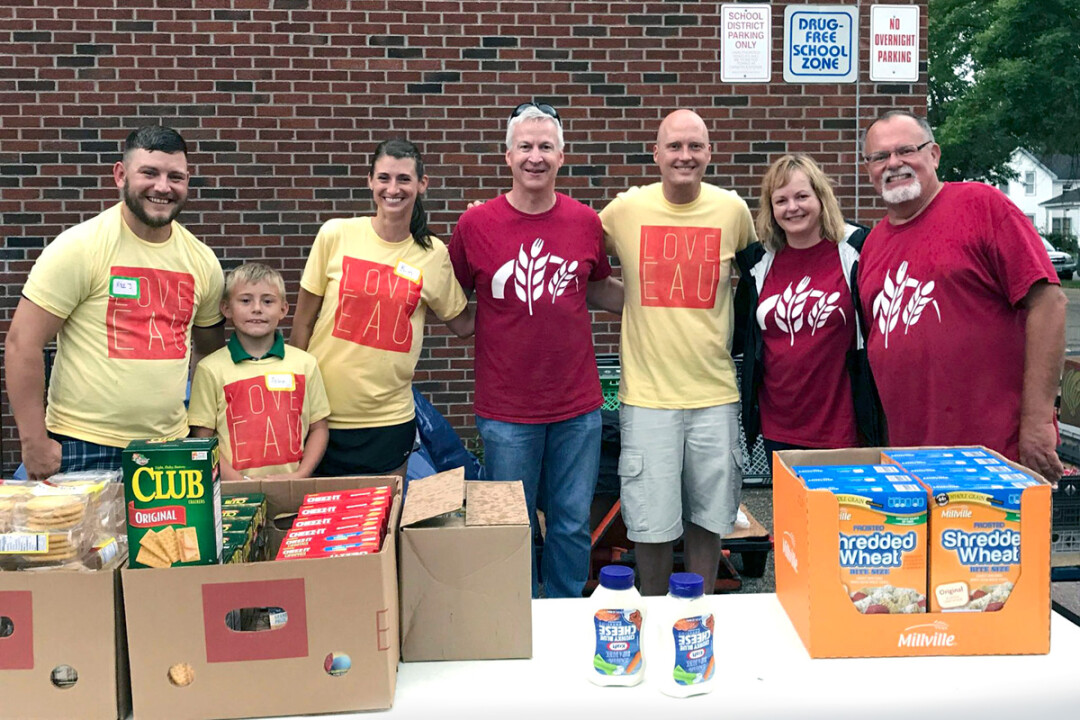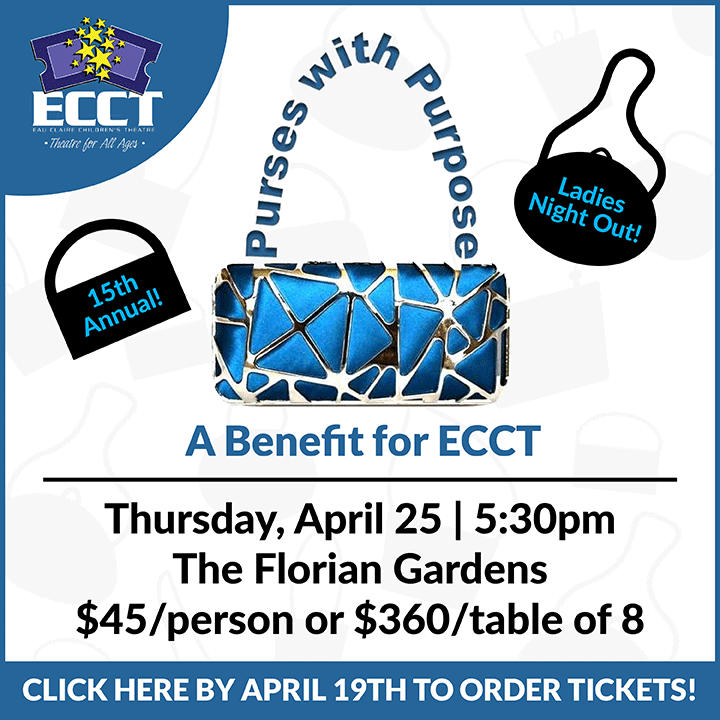Feeding Hungry Kids of All Ages
Feed My People creates school-based food pantries, weekend meals programs to help students get the food they need

When you were a teenager, what do you remember thinking about on a daily basis? Your friends, music, sports, and – of course – homework were probably near the top of the list. But how often did you think about where your next meal might come from?
According to Feed My People Food Bank, one in five children in west-central Wisconsin experience food insecurity. That means about 20 percent of people under the age of 18 in this magazine’s coverage area and beyond live in a household that, according to Feeding America, is “unable to provide enough food for every person to live an active, healthy life.”
For some, this means that at times they don’t know where or when they will have their next meal. For others, this means they are hungry: There is no next meal.

The staff at Feed My People Food Bank in Eau Claire are dedicated to addressing this problem. As the only food bank in west-central Wisconsin, they provide food to more than 125 hunger-relief organizations in their 14-county service area. A team of food bank staff and volunteers log about 100,000 miles a year delivering food in refrigerated trucks. Emergency food boxes are distributed to ensure area seniors have enough to eat. And for the last 10 years, they have run a Weekend Kids’ Meal Program in the Eau Claire and Chippewa Falls school districts. Through this program, which families opt into, about 2,100 elementary, middle, and high school students leave school each week with a backpack of food for the weekend.
Despite the Weekend Kids’ Meal Program being available to students through high school, however, participation rates decrease notably once children move on from elementary school. That decline, coupled with research released last fall by Feeding America, a nationwide network of 200 food banks that Feed My People partners with, drew the food bank’s attention to an age group that they might be able to do more for.
“After Feeding America’s research was released last fall, we were like, ‘wow.’ This is something we talk a lot about here, but we haven’t taken a lot of time to focus on,” said Feed My People Food Bank communications specialist Rebecca Baader. “We’ve had a lot of success serving our younger kids – Head Start, elementary schools, for instance. We have a very high participation rate for that age group. But even though at Longfellow (Elementary School) the program is very accepted, very well-received by the kids, when they move up to that middle school age, there are more things you start going through. You maybe start to understand more why you’re getting the bags. Also, the bags are pre-packed, so you don’t have a lot of choice as to what you’re taking home. … This really opened our eyes to the fact that we need to be doing more.”
So Feed My People partnered with Blugold Beginnings, a program at UW-Eau Claire that works to promote higher education among underrepresented, low-income, and first-generation students. Feed My People wanted to conduct focus groups among area teens to see if hunger was a need and to get feedback about possible program changes, but they needed honest answers. Fortunately, the program’s college student mentors were able to help.
“We’re asking ourselves, ‘How we can make accessing food at schools by students more comfortable for all involved?’ ”
– Rebecca Baader
Feed My People Food Bank
“Those students have a relationship with the high school students, so they could have more candid, honest conversations about a topic that can be hard to talk about honestly,” Baader said. “Plus, we’re meeting with a wide variety of students, and we don’t know their socioeconomic backgrounds. Some of them talked about how their families use food pantries, and some didn’t. Both had good perspectives to bring to the table because they’re both a part of that school environment. And we’re asking ourselves, ‘How we can make accessing food at schools by students more comfortable for all involved?’ ”
Last March, Feed My People installed two School Pantry Programs, one in McKinley Charter School and one in the Altoona school district. These school-based food pantries differ from the backpack program in several key ways, and those differences are making a difference in program participation.
“We got a lot of feedback about embarrassment being a big reason why older students wouldn’t opt into the Weekend Kids’ Meal Program,” Baader said. “Another thing we heard a lot of is that students weren’t getting enough food for their siblings and the rest of their families. … With these school pantries, we’ve heard some students will come in really early in the beginning of the day to get their bag, and some students (come) after school lets out. Those logistics, plus having choice, make this program different.”
What do school administrators think of the program? “Having worked with families in the Chippewa Valley for the Eau Claire school district and serving on the board of the Community Table has helped me understand the issue of food insecurity many families deal with on a daily basis,” said Pete Riley, McKinley Charter School principal. “The many families who are able to take part in the program are very gracious and thankful.”
Baader says that Feed My People is now working to expand its School Pantry Program to include more area schools. “We’ve been really fortunate to find teachers at a couple of area schools who are very passionate about this topic and very passionate about getting food resources to the students they serve,” Baader said. “We’d love to have this type of program in more middle and high schools so we can help even more area teenagers.”




















